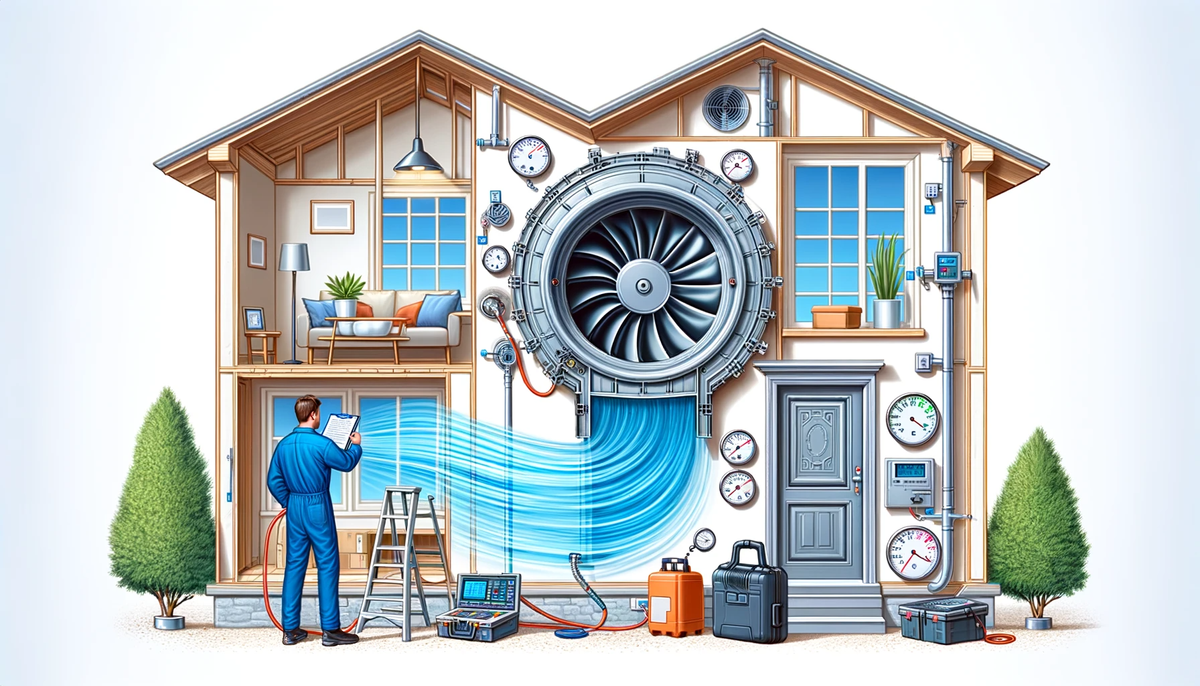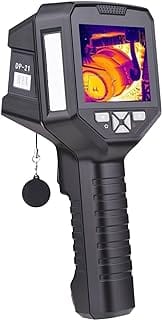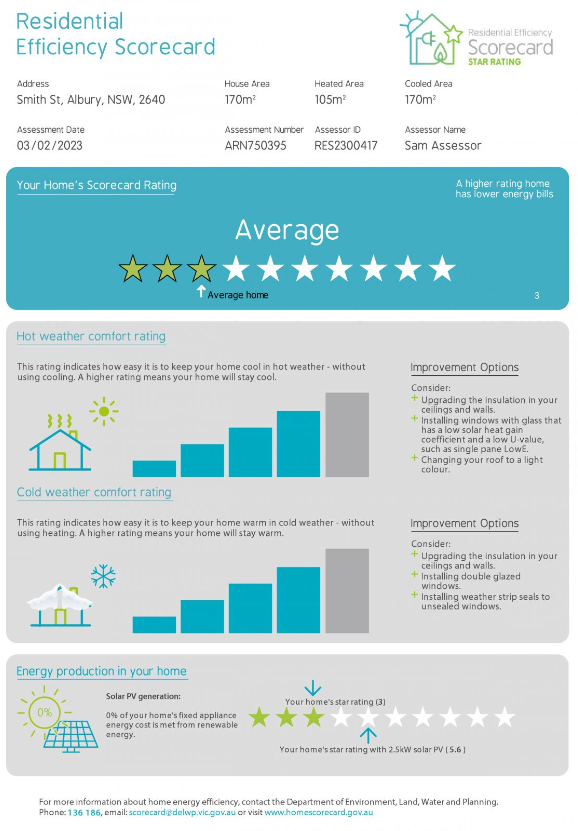Here's the game you didn't know you needed to play
Electricity distribution networks are complicated. So are the games based on them.
To make progress on home energy efficiency, you'll need to do an energy audit. Here's how.

HEnergy savings is not only about reducing bills but also about improving energy efficiency. It’s important to understand how efficient your home is so that you can optimise it. This comprehensive guide will delve into how to conduct a home energy audit, including what to look for, what equipment you need, and the professional services available.
A home energy audit is a detailed assessment of your household's energy use. An audit will help identify areas where you can make improvements to save energy and reduce costs. It involves inspecting various components of your home, from insulation to appliances, to understand their energy efficiency.
Gather your past energy bills before diving into the audit to understand your average consumption. This data will give you a baseline against which you can measure your improvements.
The first and biggest potential area for improvement is air leaks, such as gaps along the baseboard or edge of the flooring and at the junctures of the walls and ceiling. Also check for leaks on the outside of your home, especially in areas where two different building materials meet. Other places to check for leaks include windows, doors, lighting and plumbing fixtures, switches, and electrical outlets.
The best way to measure and understand air leakage in your home is with a Blower Door Test. Our Blower Door article has all the details:

While not as accurate as a blower door test, it can still be useful to conduct a basic building pressurization test to increase infiltration through cracks and leaks, making them easier to detect:
If you don't want to turn off your gas appliances, you can just turn on all your exhaust fans to depressurize your home.
Other air-leak detection methods include the following:
Inspect the insulation in your attic, walls, and floors. Inadequate insulation will lead to significant and costly heat loss in winter and heat gain in summer.

Assess the age and condition of your HVAC system. Older systems are generally less efficient. Look for any leaks in the ductwork and repair or replace as appropriate. Consider your thermostat settings - adjusting to avoid overly severe adjustments to atmospheric temperatures will save you money.
Check the types of bulbs used. LED bulbs are much more energy-efficient compared to incandescent bulbs.

Evaluate the need for artificial lighting. Maximizing natural light can significantly reduce energy consumption.
Identify the age and efficiency of major appliances like refrigerators, washers, and dryers. Test the energy consumption for each appliance by running it via an energy usage monitor plug.
Look for any devices that are often left on standby mode, which can be a hidden energy drain.
Inspect your water heater’s age and insulation. Older water heaters will almost always be less efficient. This is typically something you'll only replace at end of its life, but it's good to understand how it performs, and you can factor this into your decision on if and when to replace it.
Consider the feasibility of installing solar panels or other renewable energy sources.

Bill Hero has partnered with SolarQuotes, the leading Solar quote provider in Australia, to help you get up to 3 no obligation solar quotes from fully qualified installers, absolutely for free.
If you're going to do your energy auditing on your own, you can invest the money that a professional would have charged into your own kit of tools, which enables you to not only perform the audit yourself, but also to track your progress over time.
Here's some of the tools you'll need to conduct your own home energy efficiency assessments.
Detects drafts and temperature differences around windows and doors.
Thermal imagers convert the infrared radiation emitted by an object into a visual image, making it easy to identify your home's hot and cold spots.
In particular, a thermal imager can help identify those gaps and cracks where air can come in and out of your home because they'll show up as a different colour, and therefore a different temperature, to the surrounding areas.

Thermal Leak Detectors use an infrared sensor to measure surface temperatures. These tools help you identify power-draining draughts so you can plug leaks and save on heating and cooling costs.
Take the time to measure the energy use of individual appliances. You can purchase a single usage monitor and use it to measure the energy consumption for all the appliances in your home.
This information gives you a baseline to compare replacement appliance options against, and allows you to factor the potential energy savings costs into your purchase decisions.
It also allows you to identify in an appliance in underperforming, which could be an indication that maintenance or servicing is required.
These devices are a cheaper alternative to a Thermal Imager. An infrared thermometer works on the same principle of infrared radiation but does not convert the IR into images; it displays temperature units only. These devices can be useful for measuring and monitoring the point-by-point temperature of appliances, gaps and surfaces in your home.
A smoke pen is a device that emits smoke, which you can use to more easily detect and visualise the airflow present from leaks and cracks.
While a DIY audit is beneficial, professional services offer a more comprehensive assessment. These services often use advanced equipment like blower doors and infrared cameras.
The National Residential Efficiency Scorecard is a Victorian government initiative, but is available to households nationwide.
The Scorecard delivers an overall star rating for your home - just like your washing machine - plus a defined pathway and specific recommendations to improve efficiency and reduce your energy costs and emissions.
The Scorecard model uses a 10-star rating system, but the average rating for Australian homes is only 3 stars.


Gathering information through an audit is great, but it means nothing if you don't follow through on making changes to improve efficiency.
After completing the audit, prioritize the changes based on their impact and your budget. Even small changes, like sealing drafts or switching to LED bulbs, can make a significant difference.
Conducting a home energy audit is a proactive step towards understanding and improving your home’s energy efficiency. Whether you opt for a DIY approach or invest in professional help, the key is simply to get started.
As energy prices fluctuate and environmental concerns grow, optimizing your home's energy usage is a financial necessity and an environmental responsibility.
Remember, every kilowatt saved reduces your bill and contributes to a more sustainable future. By conducting a home energy audit, you're taking a crucial step towards making your Australian home more energy-efficient and environmentally friendly.
Savings as a Service is the blog site and newsletter from Bill Hero. Subscribe now and get your energy savings tips and information delivered fresh to your inbox every month.